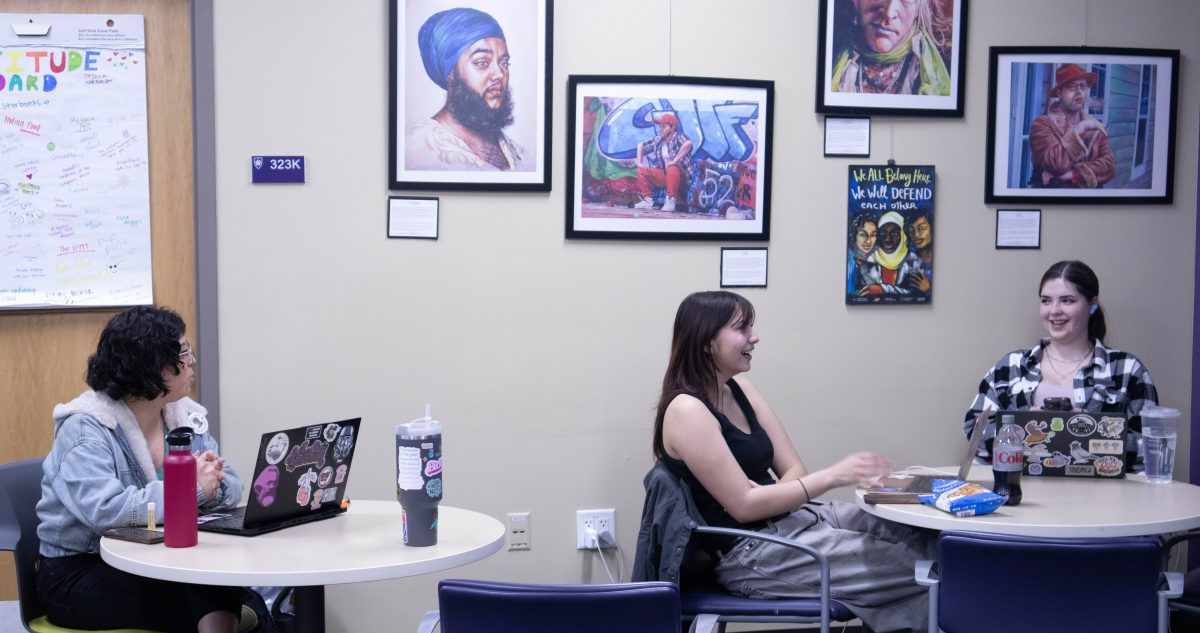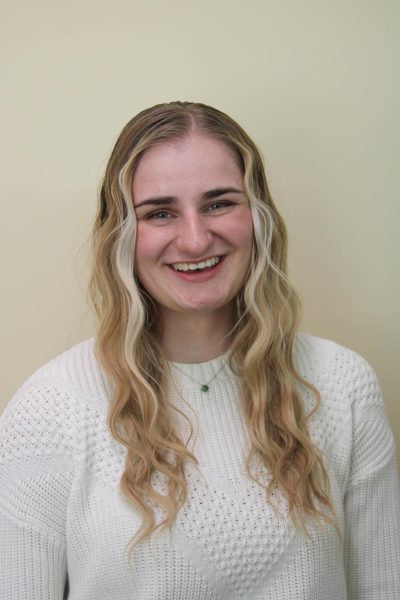Many can recall the classic story of Amelia Earhart, the first female aviator to fly solo across the Atlantic Ocean. Her story, which has inspired many, is featured in books, some of the country’s top-grossing movies and is written about in many history books. Annabelle Durham, an employee at the Women’s Center at Weber State University, is disappointed that so many know Earhart’s name, but have never heard the name of Jerrie Mock.
“Mock essentially succeeded where Amelia Earhart failed. She was the first woman to fly solo around the world and nobody knows her,” Durham said. “That is heartbreaking to me.”
According to an article by the National Women’s History Museum, Mock departed for her flight on the same day in 1964 as Earhart did. While Earhart’s journey was never completed, Mock circled the globe and returned to her original starting position in Columbus, Ohio, after 29 days. Mock was awarded with the Federal Aviation Administration’s Exception Service Decoration by President Lyndon B. Johnson.
Durham said that while the U.S. has made improvements in its understanding of women’s history, there is still much work to be done.
“Just listen to the women in your life,” Durham said. “Listen to those folks who are in marginalized spaces and make sure you’re advocating for them.”
March is Women’s History Month, a time to reflect upon womanhood, to celebrate the iconic women who have impacted the course of history and to commend every woman on the globe whose small efforts positively influence others.
“My sister has helped me advocate and just made me feel confident to stand up for myself and know my own worth,” Regan Pineda, an LGBTQ+ peer educator on campus, said.
Pineda feels as though she has grown into herself, learning how and when to set boundaries and how to express her own needs confidently.
Pineda shared an example of how her sister’s example has influenced her by recounting her experience at a recent activity that the Women’s Center and the LGBTQ+ Center held. The two centers hosted a “Burlesque” dance night, in which participants learned the basics of this historical dance style.
Burlesque was originally created as a form of protest to actively contradict women’s stereotypes and has since morphed into the style of dance now seen in modern-day strip clubs, as well as in drag.
“The women were taking their power back and being empowered in their own bodies and being able to use these strengths to connect with others,” Pineda said. “It just brought a whole new movement.”
Initially, Pineda said, she was nervous to attempt the dance style, but when she felt the support of the women around her, she gained confidence and had fun.
“Everyone at the activity said they felt more confident, more loved and more empowered,” said Pineda.
Pamela Nunez, an education and empowerment assistant at the Women’s Center, considers empowerment to be of the utmost importance.
“I see it as encouraging yourself and others to speak for what they believe in, to fight for what they believe in, to use any method, really,” Nunez said. “There’s no wrong way to be an advocate.”
Nunez said that becoming an advocate for women is achieved through an understanding of intersectional feminism. Intersectional feminism is a term that was defined by Kimberlé W. Crenshaw, a professor of law at the University of California, Los Angeles. Crenshaw originally coined this term after noticing discrepancies between not only how women and men are treated in the workplace, but inconsistencies in the way in which white women and women of color are regarded.
“Intersectional feminism takes into account the many different ways each woman experiences discrimination,” Taylor Hawk explained in a 2016 article. “‘White feminism’ is a term that is used to describe a type of feminism that overshadows the struggles women of color, LGBTQ women and women of other minority groups face.”
Nunez, like Crenshaw and Hawk, believes that while feminism is a start, intersectional feminism is the future.
“I like to use the term intersectional feminism more because it encompasses the complexities of people and their identities,” Nunez said. “I feel like feminism is very surface-level, but when you bring an intersectional lens, it recognizes the difficulties that women have on multiple fronts, not just on being a woman.”
Durham believes the same as Nunez, and shared a metaphor comparing intersectional feminism to a tapestry. She said that different threads and experiences are woven together to create a picture that would never be possible without diversity.
Duram went on to share her hopes that each student takes advantage of the Women’s Center, and the resources that it provides, especially during Women’s History Month. Her personal favorite resource that the Center offers are the books.
“I’ve read some genuinely life-changing books in there,” Duram said. “I guess my best advice for people celebrating Women’s History Month is to just find joy and do things that make you happy.”
Nunez shared the same sentiments.
“It’s important to remember that while we’re on our fight and our path of advocacy, you can still be kind,” she said. “You can still care for others and have patience, and know that everybody’s learning and everybody’s on a different path.”















